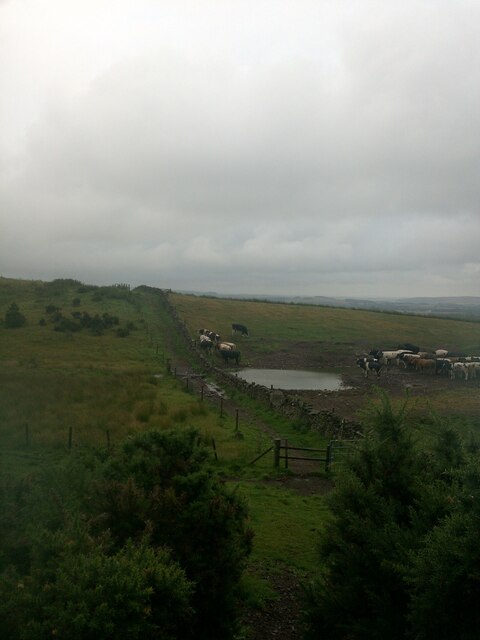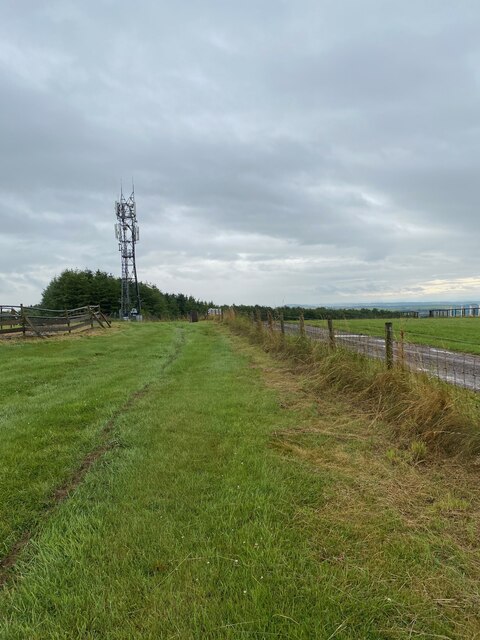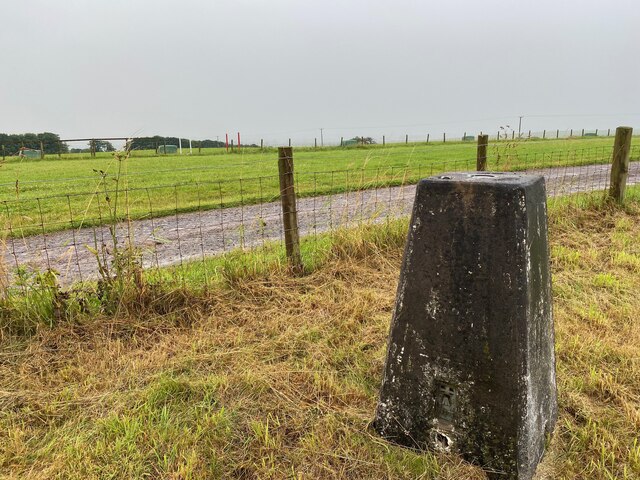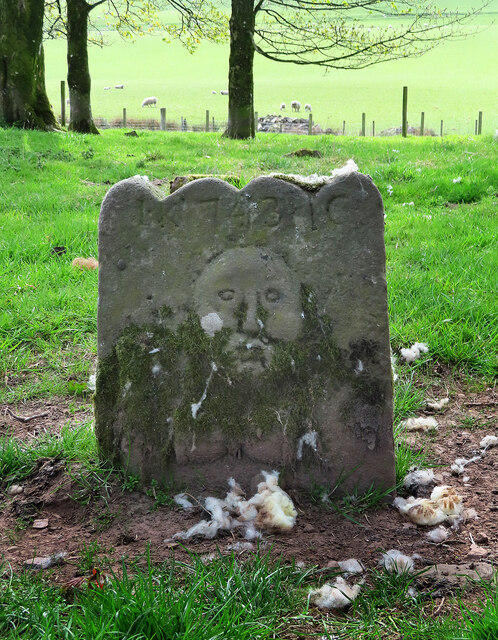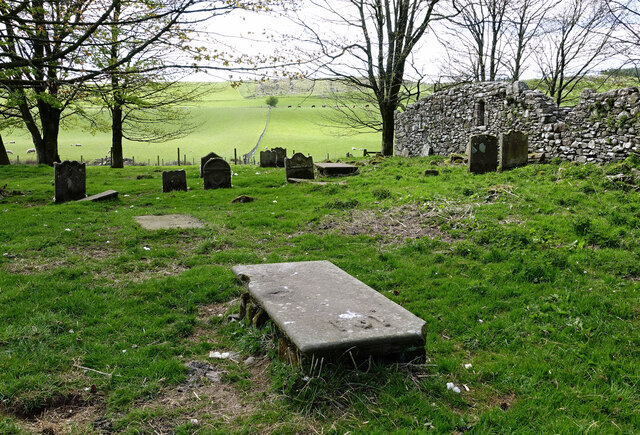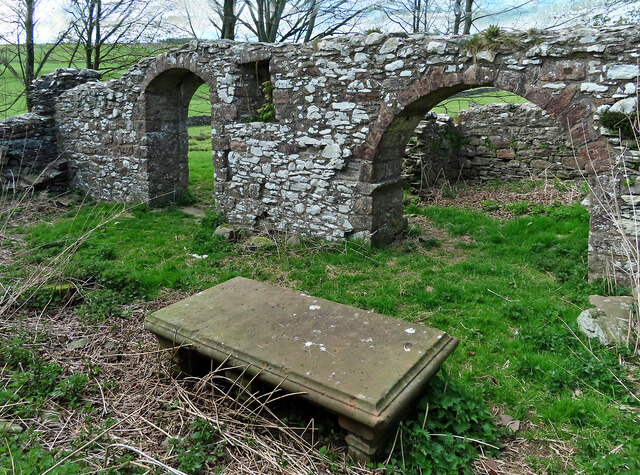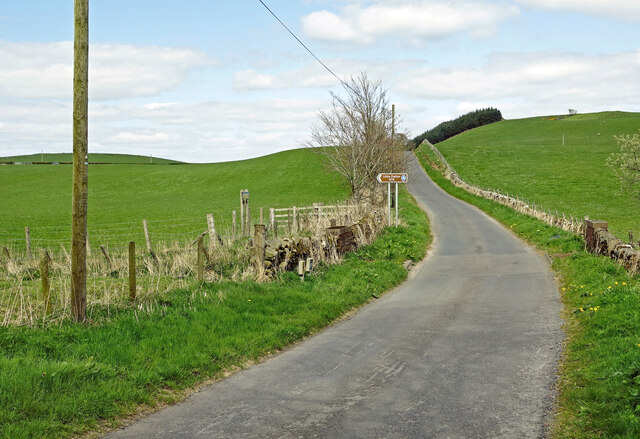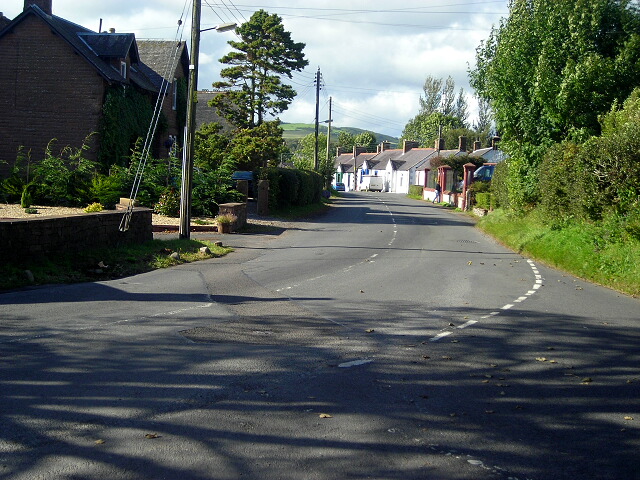Butterwhat Moss
Downs, Moorland in Dumfriesshire
Scotland
Butterwhat Moss
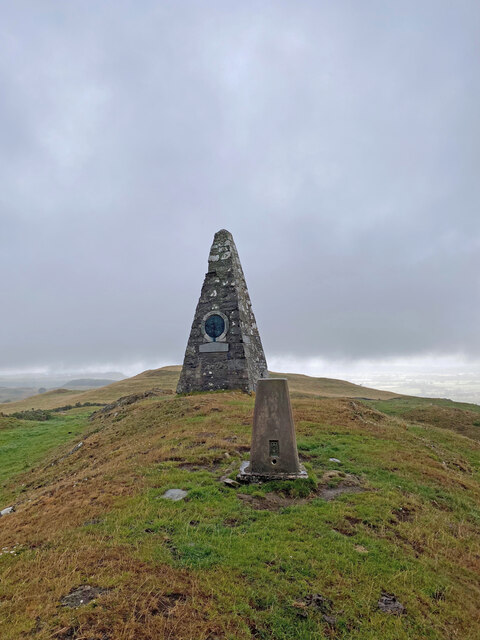
Butterwhat Moss is a picturesque area located in Dumfriesshire, Scotland. Situated amidst the tranquil Downs and Moorland, this region is known for its natural beauty and abundant wildlife. Spanning over a vast expanse of land, Butterwhat Moss offers a diverse landscape with rolling hills, heather-covered moors, and scattered wetlands.
The area is home to a wide variety of flora and fauna, making it a popular destination among nature enthusiasts and birdwatchers. The wetlands provide a thriving habitat for numerous bird species, including ducks, geese, and waders. Visitors can witness stunning displays of migratory birds during different seasons.
The terrain of Butterwhat Moss is characterized by its peat bogs and heathland vegetation. The rich peat soil supports a unique ecosystem, with rare plant species such as sphagnum moss and cotton grass thriving in the damp conditions. This creates a beautiful tapestry of colors throughout the year.
The moorland surrounding Butterwhat Moss is interspersed with gorse bushes and scattered stands of trees, adding to the area's charm. Walking trails and footpaths crisscross the landscape, allowing visitors to explore and appreciate the natural wonders of the region.
Aside from its natural attractions, Butterwhat Moss is also steeped in history. The area has evidence of ancient settlements, with archaeological finds dating back thousands of years. It offers a glimpse into the past and the lives of the people who once inhabited the land.
Overall, Butterwhat Moss in Dumfriesshire, with its stunning scenery, diverse wildlife, and historical significance, is a hidden gem for those seeking a peaceful and immersive experience in nature.
If you have any feedback on the listing, please let us know in the comments section below.
Butterwhat Moss Images
Images are sourced within 2km of 55.052496/-3.4373747 or Grid Reference NY0874. Thanks to Geograph Open Source API. All images are credited.
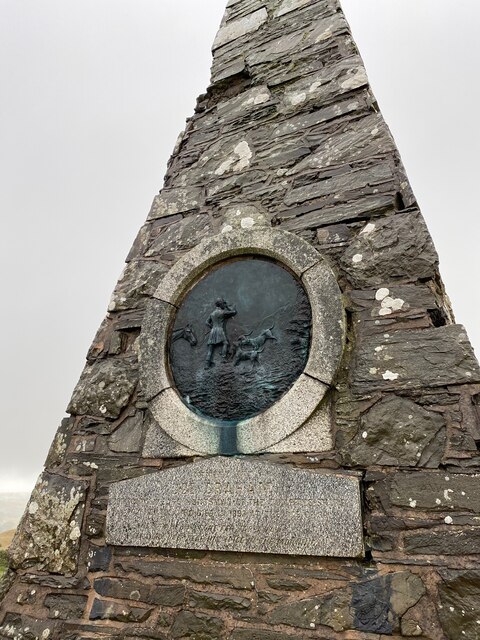
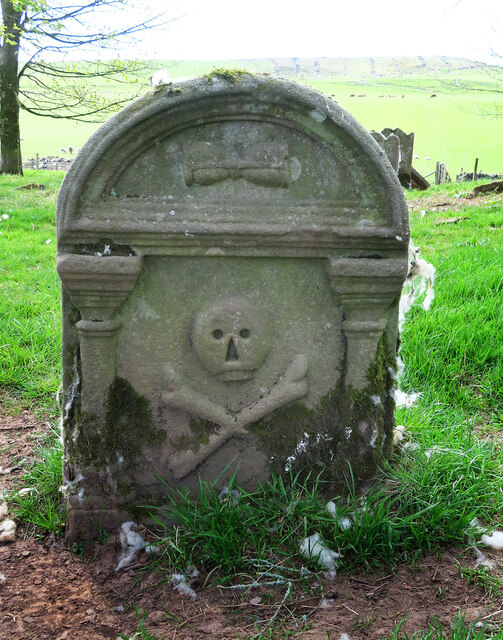
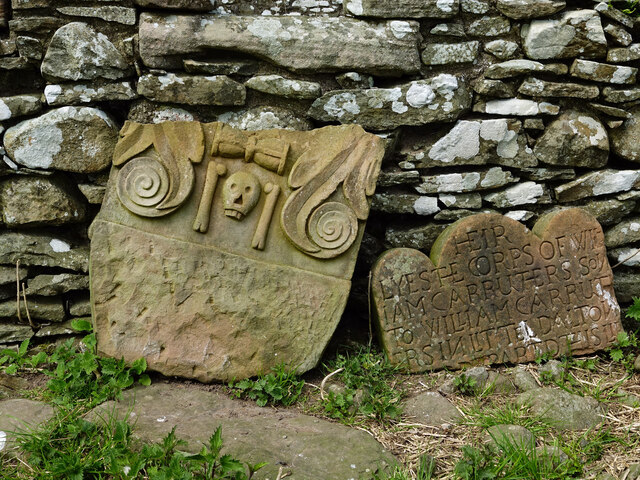

Butterwhat Moss is located at Grid Ref: NY0874 (Lat: 55.052496, Lng: -3.4373747)
Unitary Authority: Dumfries and Galloway
Police Authority: Dumfries and Galloway
What 3 Words
///motoring.resists.layers. Near Lochmaben, Dumfries & Galloway
Nearby Locations
Related Wikis
Mouswald
Mouswald is a rural village slightly east of Dumfries in south-west Scotland. It lies on the B724 south of the A75. The site views southward over the Solway...
Carrutherstown
Carrutherstown is a village in the civil parish of Dalton, in Dumfries and Galloway, Scotland. It is about 9 miles (14 km) east of Dumfries. == Demographics... ==
Rockhall Tower
Rockhall Tower, also known as Rockhall House or Rockhall Tower House, is a 16th-century tower house in Collin, Dumfries and Galloway. The castle originally...
Dalton, Dumfries and Galloway
The village of Dalton is a small settlement about 10 miles (16 km) southeast of Dumfries and 4 miles (6.4 km) south of Lockerbie, in Dumfries and Galloway...
Have you been to Butterwhat Moss?
Leave your review of Butterwhat Moss below (or comments, questions and feedback).
